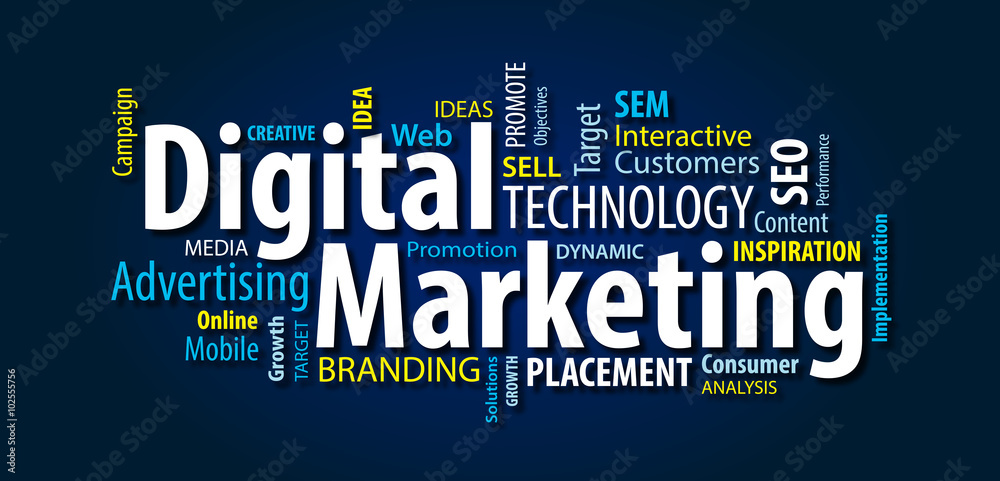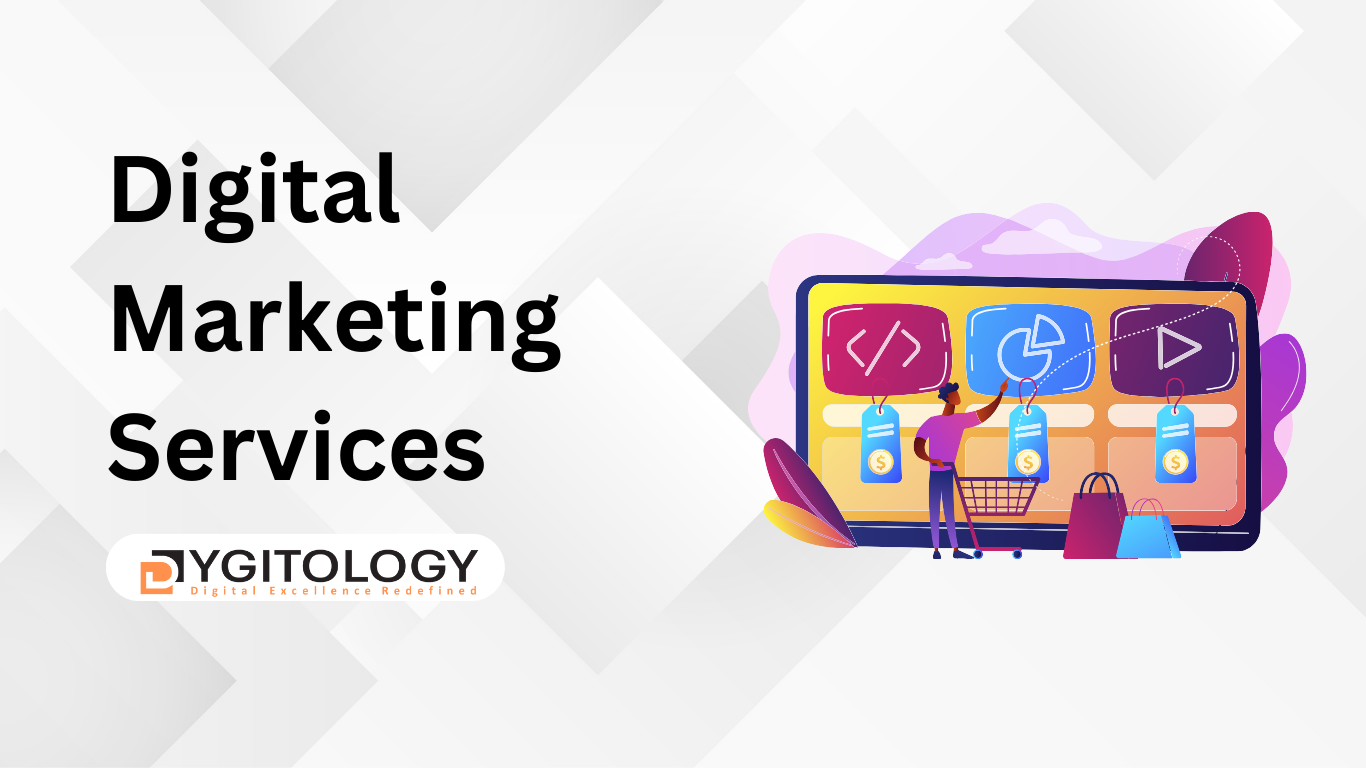The blog should be written with the intended readers in mind, with the goal of presenting ideas that can be put into action while maintaining a language that is both approachable and professional. Wherever it is feasible, each component need to be supported with the most recent research and statistics, exhibiting the most recent trends and suggestions in the field of digital marketing.
An in-depth look at the many different types of digital marketing services, such as search engine optimization (SEO), pay-per-click (PPC), social media marketing, and content marketing, is presented here. In order to offer a full knowledge, each service is described in depth, including its characteristics and categories.

Table of Contents
1.Search Engine Optimization (also known as SEO)
Search engine optimization (SEO) is a core digital marketing technique that aims to improve the visibility of a website and the organic search results that it receives from search engines such as Google. The following are the primary kinds of it:
Optimizing features on your website for search engines is the primary focus of on-page search engine optimization (SEO). This includes the following:
Utilizing keywords in a systematic manner across your content, titles, and descriptions is what we mean when we talk about content optimization.
It is important to make sure that tags such as headers, meta descriptions, and titles are optimized while using HTML tags.
- “User Experience”: enhancing the site’s layout and navigation, as well as creating a design that is compatible with mobile devices.
- “Off-Page SEO” refers to operations that take place outside of your website in order to improve the ranking of your website. Among the most important activities are:
- “Link Building” refers to the process of acquiring backlinks of a high quality from reliable websites.
Using social media platforms to drive visitors to your website is what we mean when we talk about “social media engagement.”
“Guest blogging” refers to the practice of writing articles for other respected websites in order to get backlinks.
Tech SEO is a kind of search engine optimization that focuses on the backend structure of your website in order to increase the readability of your site by search engines. It includes the following:
- “Site Speed Optimization” refers to the process of ensuring that the website loads speedily.
- “Mobile-Friendliness” refers to the process of ensuring that the website is optimized for use on mobile devices.
Crawlability refers to the process of ensuring that search engines are able to quickly crawl and index the website.
2. Pay-Per-Click (PPC) Advertising (also known as PPC)
Internet marketers use a strategy known as pay-per-click (PPC) advertising, in which they pay a price each time one of their advertisements is clicked on. In its most basic form, it is a method of purchasing visitors to your website. Among the types are:
Advertisements that show alongside search results on search engines are known as search advertising. These advertisements are tailored depending on the search queries that users enter.
This kind of advertising makes use of both text and picture advertisements that are shown on websites that are part of an advertising network.
The term “Social Media Advertising” refers to advertisements that are shown on social media platforms such as Facebook, Instagram, and Twitter that are customized to the social activities of certain individuals.
A practice known as “remarketing” involves sending advertisements to people who have previously visited your website in an effort to get them to return.
The term “Shopping Ads” refers to product listings that are shown on Google Shopping and appear above or below the results of relevant Google searches.
3. Social media marketing (SMM)
Marketing using social media entails making use of various social media platforms in order to establish a connection with your target audience, construct your brand, boost sales, and generate visitors to your website. Among the types are:
The term “Organic Social Media” refers to the use of free tools that are made available by each social media platform in order to construct a social community and engage with it by sharing content and reacting to comments made by customers.
- “Paid Social Media” refers to the practice of paying for the display of advertisements or sponsored messages to users of social networks depending on the profiles of those users.
- “Influencer marketing” refers to the idea of working together with influential people who have a significant number of followers in order to promote your business.
To engage consumers, content-driven social media marketing (SMM) focuses on providing material that is of value to them.
“Social Media Monitoring” refers to the process of keeping track on social conversations that revolve around certain themes in order to have an understanding of what is significant to your audience.
4. Content Marketing
For the purpose of attracting and retaining a clearly defined audience, content marketing entails the creation and dissemination of material that is useful, relevant, and consistent. The ultimate goal of content marketing is to promote lucrative consumer action. This is one way that it may be divided up:
- Blogs: Offers a consistent supply of information that is relevant to your audience, which enhances the search engine optimization efforts you do for your digital marketing.
Videos have the potential to be more memorable than written content and are widely disseminated across many social media platforms and websites.
Visual material that assists in the explanation of complicated information in a simple and concise manner is referred to as infographics.
Documents like as e-books and white papers are examples of more in-depth material that may be used as a strategy for lead creation.
Email newsletters are a great way to maintain your audience’s interest by providing them with frequent updates, news, pointers, or promotions.
Every single one of these digital marketing services comes with its own set of attributes and advantages. By using these tactics in an efficient manner, companies have the ability to improve their online presence, interact with a greater number of prospective clients, and eventually generate a higher return on investment.

